Assumption
If you sell or transfer this property to another person, your lender

 will allow, under certain conditions, this person to assume this loan on the original terms.
will allow, under certain conditions, this person to assume this loan on the original terms.
xwill not allow assumption of this loan on the original terms.
Demand Feature
Your loan

 has a demand feature, which permits your lender to require early repayment of the loan. You should review your note for details.
has a demand feature, which permits your lender to require early repayment of the loan. You should review your note for details.
xdoes not have a demand feature.
Late Payment
If your payment is more than 15 days late, your lender will charge a late fee of 5% of the monthly principal and interest payment.
Negative Amortization (Increase in Loan Amount) Under your loan terms, you

 are scheduled to make monthly payments that do not pay all of the interest due that month. As a result, your loan amount will increase (negatively amortize), and your loan amount will likely become larger than your original loan amount. Increases in your loan amount lower the equity you have in this property.
are scheduled to make monthly payments that do not pay all of the interest due that month. As a result, your loan amount will increase (negatively amortize), and your loan amount will likely become larger than your original loan amount. Increases in your loan amount lower the equity you have in this property.

 may have monthly payments that do not pay all of the interest due that month. If you do, your loan amount will increase (negatively amortize), and, as a result, your loan amount may become larger than your original loan amount. Increases in your loan amount lower the equity you have in this property.
may have monthly payments that do not pay all of the interest due that month. If you do, your loan amount will increase (negatively amortize), and, as a result, your loan amount may become larger than your original loan amount. Increases in your loan amount lower the equity you have in this property.
xdo not have a negative amortization feature.
Partial Payments
Your lender
xmay accept payments that are less than the full amount due (partial payments) and apply them to your loan.

 may hold them in a separate account until you pay the rest of the payment, and then apply the full payment to your loan.
may hold them in a separate account until you pay the rest of the payment, and then apply the full payment to your loan.

 does not accept any partial payments.
does not accept any partial payments.
If this loan is sold, your new lender may have a diferent policy.
Security Interest
You are granting a security interest in
456 Somewhere Ave., Anytown, ST 12345
You may lose this property if you do not make your payments or satisfy other obligations for this loan.
Escrow Account
FOR NOW, your loan
xwill have an escrow account (also called an “impound” or “trust” account) to pay the property costs listed below. Without an escrow account, you would pay them directly, possibly in one or two large payments a year. Your lender may be liable for penalties and interest for failing to make a payment.
Escrow
Escrowed |
$2,473.56 |
Estimated total amount over year 1 for |
Property Costs |
|
your escrowed property costs: |
over Year 1 |
|
Homeowner’s Insurance |
|
|
Property Taxes |
|
|
|
Non-Escrowed |
$1,800.00 |
Estimated total amount over year 1 for |
Property Costs |
|
your non-escrowed property costs: |
over Year 1 |
|
Homeowner’s Association Dues |
|
|
You may have other property costs. |
|
|
|
Initial Escrow |
$412.25 |
A cushion for the escrow account you |
Payment |
|
pay at closing. See Section G on page 2. |
|
|
|
Monthly Escrow |
$206.13 |
The amount included in your total |
Payment |
|
monthly payment. |
|
|
|

 will not have an escrow account because
will not have an escrow account because  you declined it
you declined it  your lender does not ofer one. You must directly pay your property costs, such as taxes and homeowner’s insurance. Contact your lender to ask if your loan can have an escrow account.
your lender does not ofer one. You must directly pay your property costs, such as taxes and homeowner’s insurance. Contact your lender to ask if your loan can have an escrow account.
No Escrow
Estimated |
|
Estimated total amount over year 1. You |
Property Costs |
|
must pay these costs directly, possibly |
over Year 1 |
|
in one or two large payments a year. |
|
|
|
Escrow Waiver Fee |
|
|
|
|
|
IN THE FUTURE,
Your property costs may change and, as a result, your escrow pay- ment may change. You may be able to cancel your escrow account, but if you do, you must pay your property costs directly. If you fail to pay your property taxes, your state or local government may (1) impose ines and penalties or (2) place a tax lien on this property. If you fail to pay any of your property costs, your lender may (1) add the amounts to your loan balance, (2) add an escrow account to your loan, or (3) require you to pay for property insurance that the lender buys on your behalf, which likely would cost more and provide fewer beneits than what you could buy on your own.
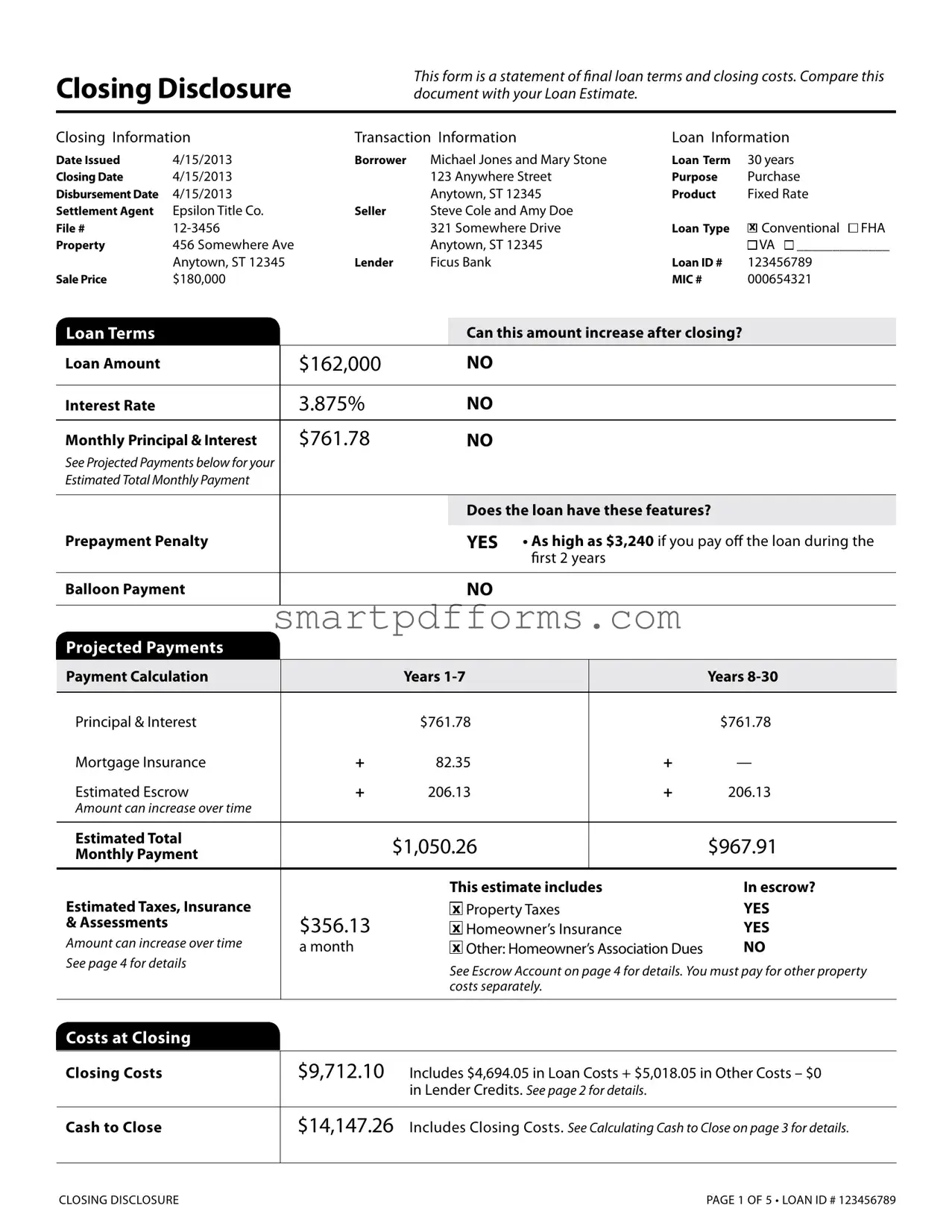


 FHA
FHA 
 VA
VA 
 _____________
_____________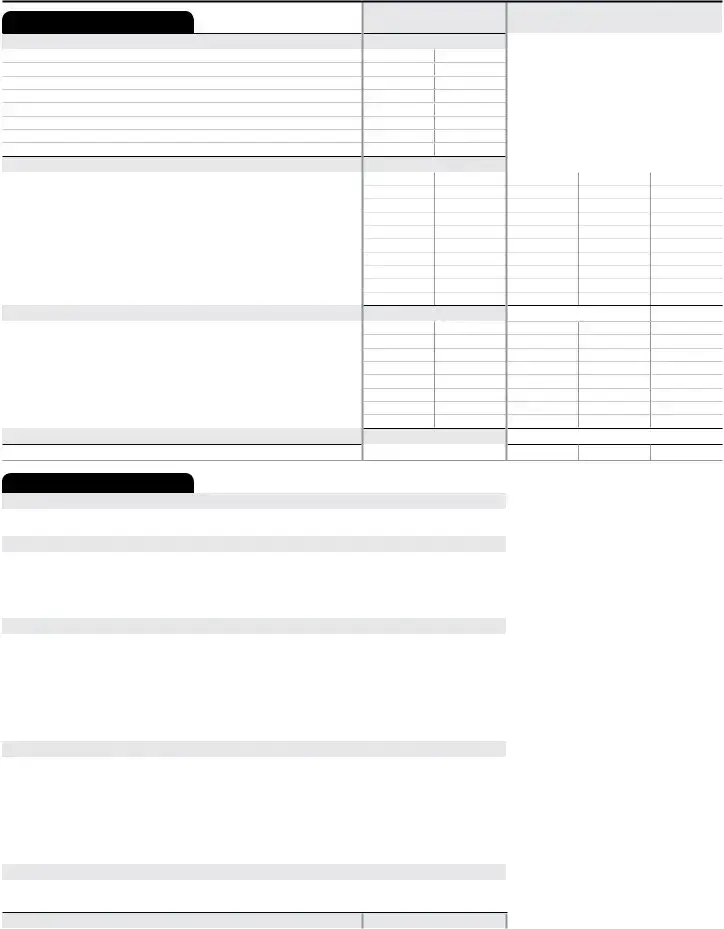
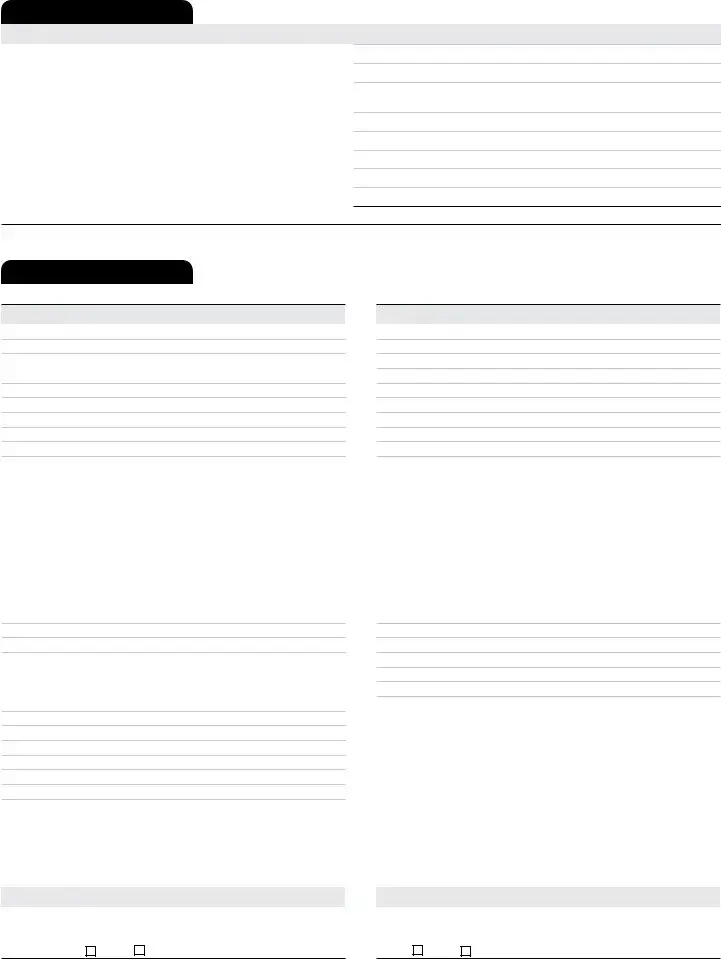
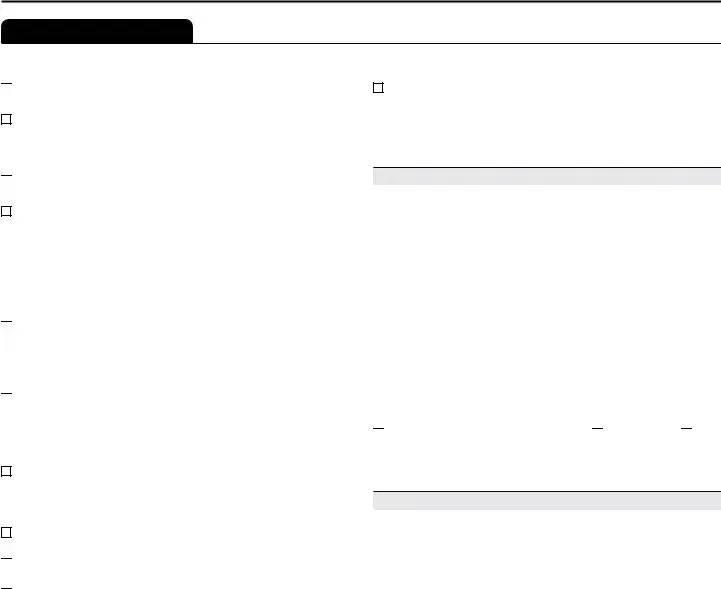

 will allow, under certain conditions, this person to assume this loan on the original terms.
will allow, under certain conditions, this person to assume this loan on the original terms.
 has a demand feature, which permits your lender to require early repayment of the loan. You should review your note for details.
has a demand feature, which permits your lender to require early repayment of the loan. You should review your note for details.
 are scheduled to make monthly payments that do not pay all of the interest due that month. As a result, your loan amount will increase (negatively amortize), and your loan amount will likely become larger than your original loan amount. Increases in your loan amount lower the equity you have in this property.
are scheduled to make monthly payments that do not pay all of the interest due that month. As a result, your loan amount will increase (negatively amortize), and your loan amount will likely become larger than your original loan amount. Increases in your loan amount lower the equity you have in this property.
 may have monthly payments that do not pay all of the interest due that month. If you do, your loan amount will increase (negatively amortize), and, as a result, your loan amount may become larger than your original loan amount. Increases in your loan amount lower the equity you have in this property.
may have monthly payments that do not pay all of the interest due that month. If you do, your loan amount will increase (negatively amortize), and, as a result, your loan amount may become larger than your original loan amount. Increases in your loan amount lower the equity you have in this property.
 may hold them in a separate account until you pay the rest of the payment, and then apply the full payment to your loan.
may hold them in a separate account until you pay the rest of the payment, and then apply the full payment to your loan.
 does not accept any partial payments.
does not accept any partial payments.
 will not have an escrow account because
will not have an escrow account because  you declined it
you declined it  your lender does not ofer one. You must directly pay your property costs, such as taxes and homeowner’s insurance. Contact your lender to ask if your loan can have an escrow account.
your lender does not ofer one. You must directly pay your property costs, such as taxes and homeowner’s insurance. Contact your lender to ask if your loan can have an escrow account.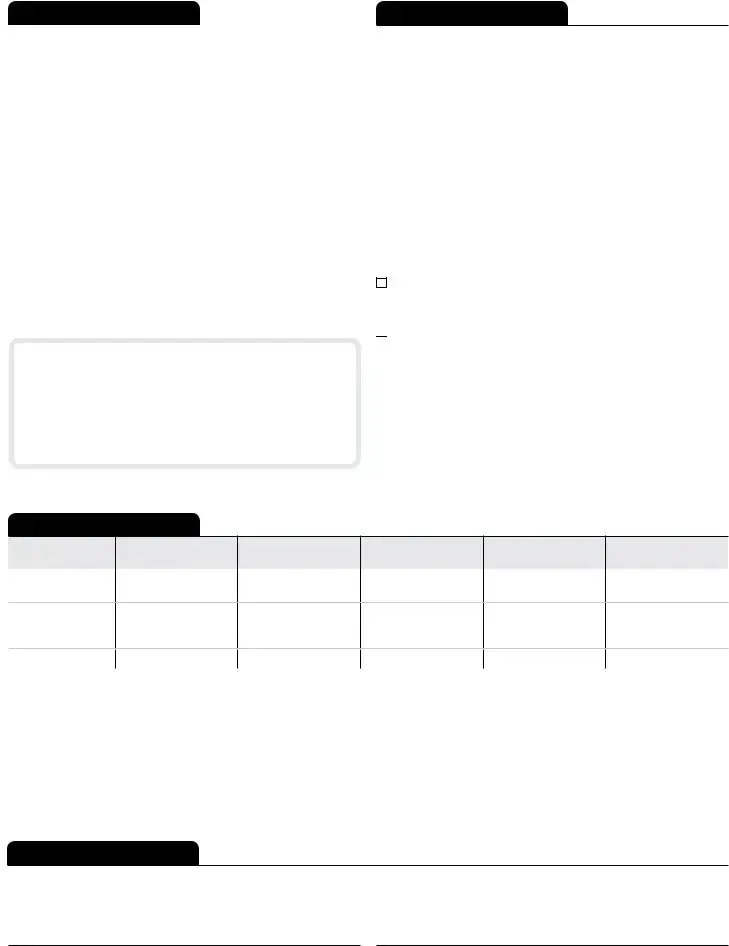

 state law does not protect you from liability for the unpaid balance.
state law does not protect you from liability for the unpaid balance.